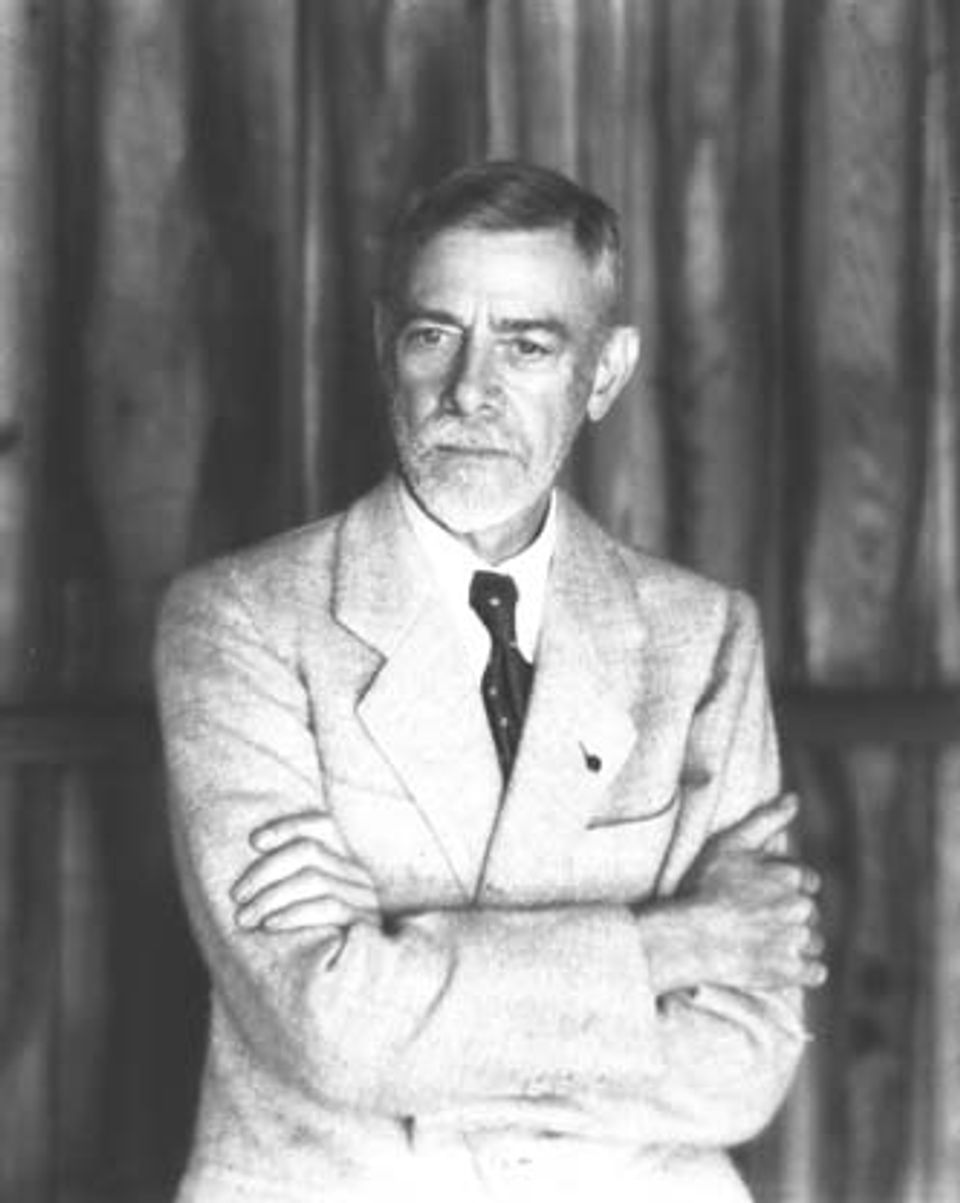Louis Paul Dessar

- Died
- Preston, Connecticut, United States
- Active in
- Old Lyme, Connecticut, United States
- New York, New York, United States
- Biography
Dessar was six years old when his family moved to New York City. He attended the College of the City of New York from 1881 until the fall of 1883, at which time he entered the National Academy of Design to study under Lemuel Wilmarth and John Q. A. Ward until 1886. During these three years, he maintained a studio in New York, painting in the summers from 1884 to 1886 at his parents' home in Nyack, New York. In the fall of 1886 he went to Paris, where he entered the Académie Julian. There, he studied under Bouguereau and Robert-Fleury for three years, taking additional classes at the École des Beaux-Arts in 1889 and 1890. During the summers between 1887 and 1891, he sketched in London and on the Island of Jersey, and in Brittany, Madrid, Toledo, in the Forest of Fontainebleau, Brolle, and Étaples. Dessar returned briefly to New York in 1891 to marry and was back in France in the fall to begin an eight-month stay at Giverny. He built a home in Étaples in 1892, returning to New York during the winters of 1894 to 1897 to paint portraits. In 1900, with encouragement from his close friend Henry Ward Ranger, Dessar bought a farm on Becket Hill near Lyme, Connecticut, where he lived for the remainder of his life.
Dessar's early training in France was a wise beginning in the 1880s for an aspiring portrait painter; ironically, it provided the principal stimulus for his shift to landscape painting. According to William McCormick, Dessar was inspired to make this change after viewing several Barbizon landscapes in the drawing room of one of his wealthy sitters. Dessar's specialty from about 1897 on was dimly lit views of farmyards and pastures populated only by farm workers with oxen or small flocks of sheep, guided in their movements by little more than a glint of moonlight or a fading sun. Dessar's farmers are only small-scale allusions to Millet's peasants and eschew any hint of social commentary. A Load of Brush [Smithsonian American Art Museum, 1929.6.25] is somewhat exceptional here, not only because of the size and the strong, insistent silhouette of its subjects, but also because of the faceless anonymity of the rather wooden farmer, frozen in dark shadow with his docile beasts. Return to the Fold [Smithsonian American Art Museum, 1909.7.18] is, on the other hand, a more representative example of Dessar's deceptively meticulous studies of evening light.
Peter Bermingham American Art in the Barbizon Mood (Washington, D.C.: National Collection of Fine Arts and Smithsonian Institution Press, 1975)













